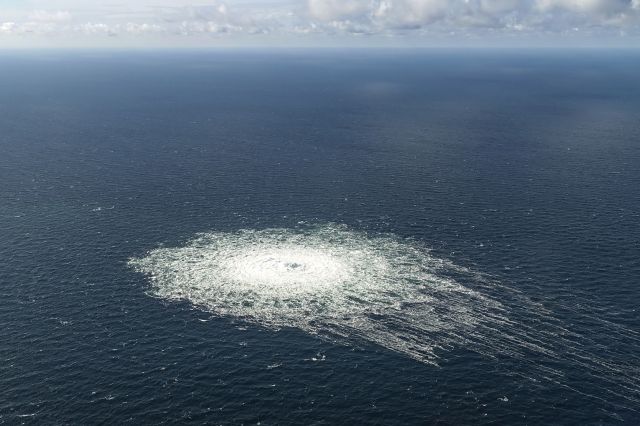
Much of Nord Stream’s Methane Leak Remained in the Baltic Sea
A significant portion of the methane released into the southern Baltic Sea from the Nord Stream gas pipeline has stayed in the water, as revealed by measurements from researchers at the University of Gothenburg. In late September 2022, an explosion in the Nord Stream gas pipeline on the Baltic Sea floor, east of Bornholm, resulted in one of the largest unnatural methane emissions ever recorded. The released methane formed large bubbles on the water’s surface, raising atmospheric methane levels.
Swift Response and Initial Findings
However, much of the methane did not reach the surface and instead dissolved in the water. This swift response from researchers was crucial in capturing accurate data. “Fortunately, we organized an expedition to the Nord Stream methane leak area within a week. Based on our measurements, we estimate that between 10,000 and 50,000 tonnes of methane remained dissolved in the sea,” said Katarina Abrahamsson, a professor of marine chemistry at the University of Gothenburg. The methane spread over vast areas and dissolved in the water, where bacteria processed some of it. Methane also naturally occurs in the water, formed during the decomposition of organic material in the bottom sediments.
Isotopic Differentiation and Detailed Analysis
Our study distinguished Nord Stream methane from natural methane using differences in isotopic composition. This distinction strengthens our study,” added Abrahamsson. The sea water typically forms layers due to temperature and salinity differences. Despite the rapid and substantial methane leak from the gas pipeline, the researchers did not observe significant mixing in the water masses. The usual stratification at the end of September remained stable, leading to varying methane levels in the water. Researchers believe that the methane was diluted into a larger body of water later in the autumn as temperatures dropped and water mixing occurred.
Biological Impact Uncertain and Future Research
The impact of increased methane on Baltic Sea life remains unclear. “Researchers collected plankton samples, but analysis is incomplete,” Abrahamsson noted. Three months after the initial expedition, a follow-up visit was conducted, and new measurements were taken. Preliminary results indicate that bacterial activity has been high over the three months. However, the impact on phytoplankton and zooplankton remains unknown.


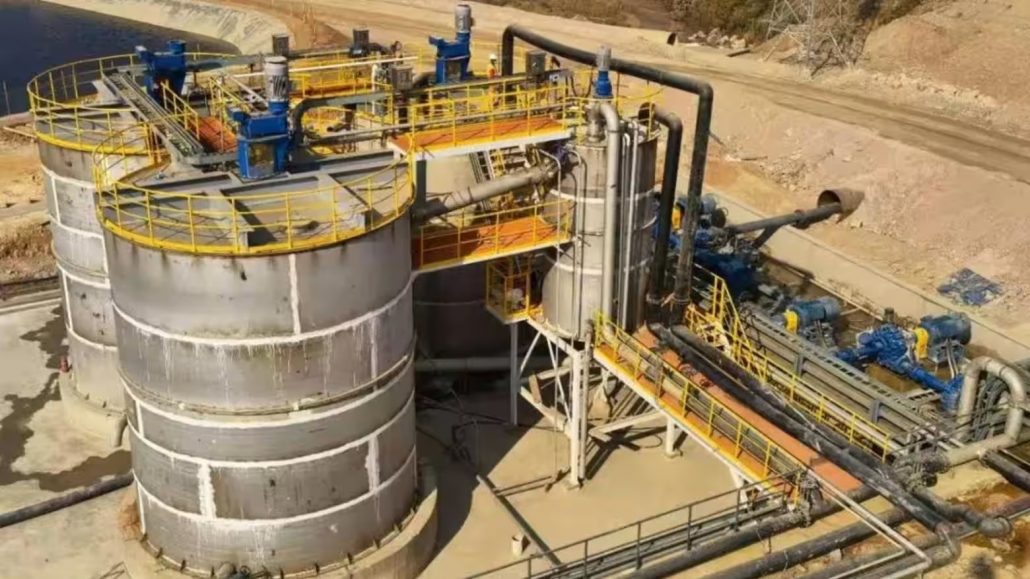

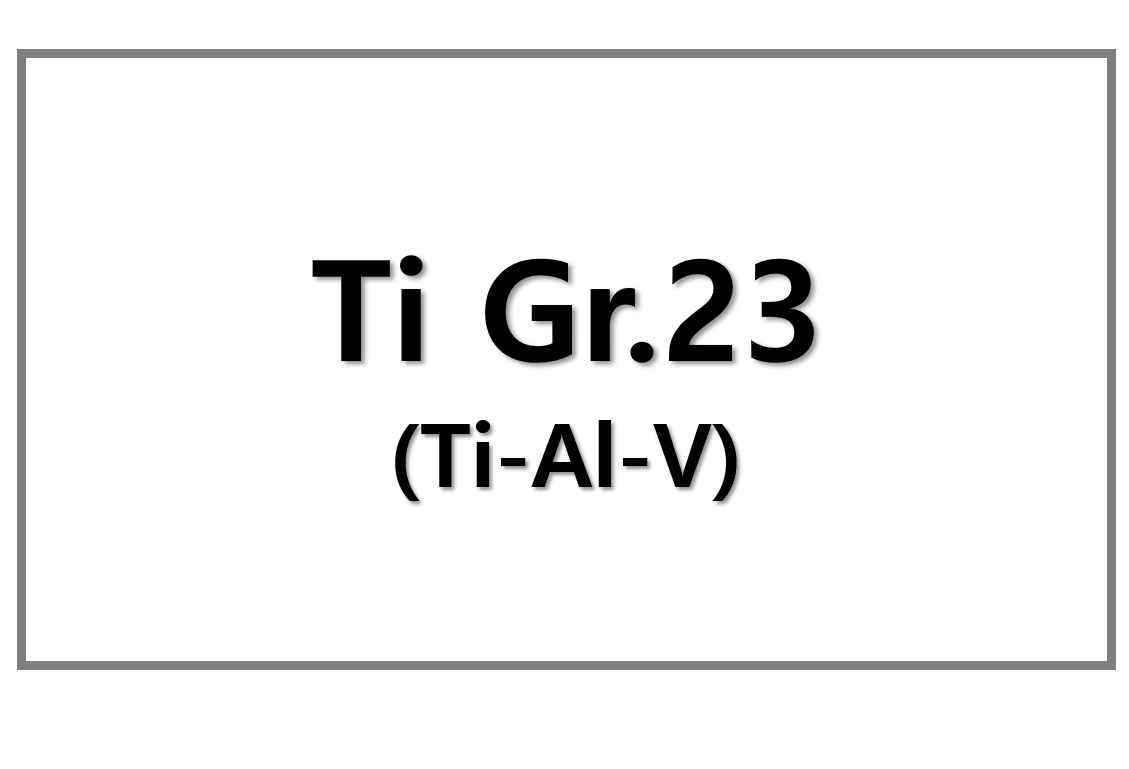
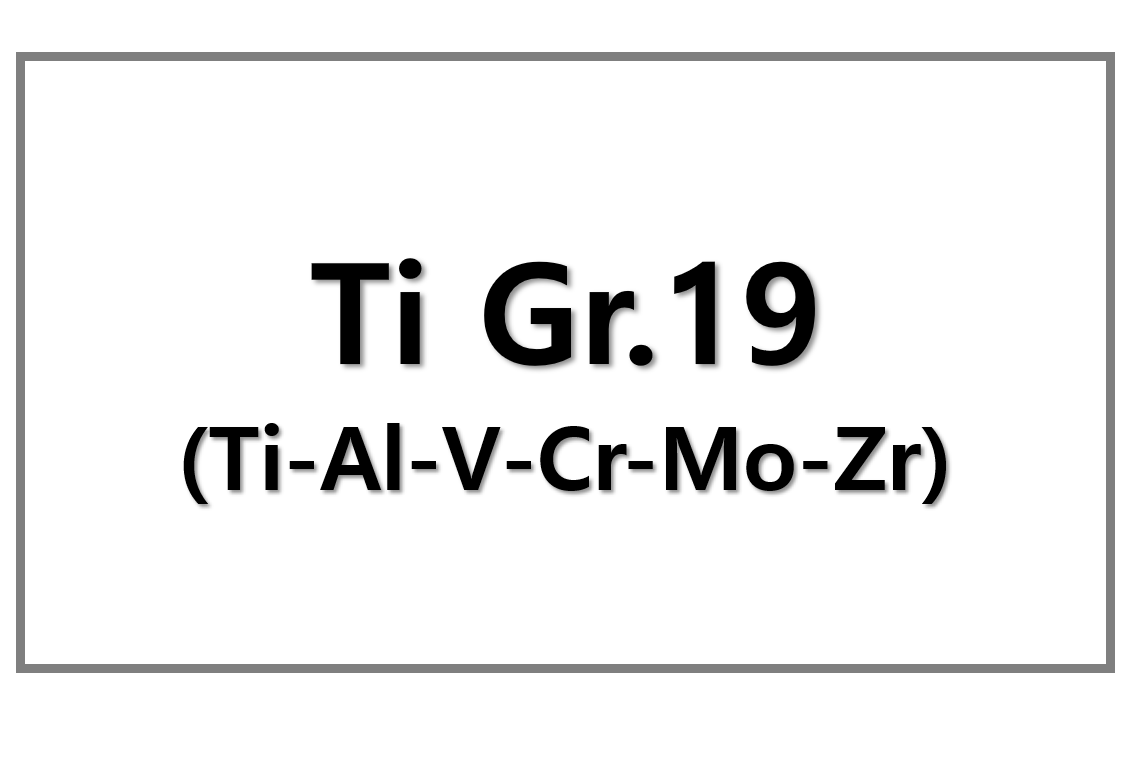
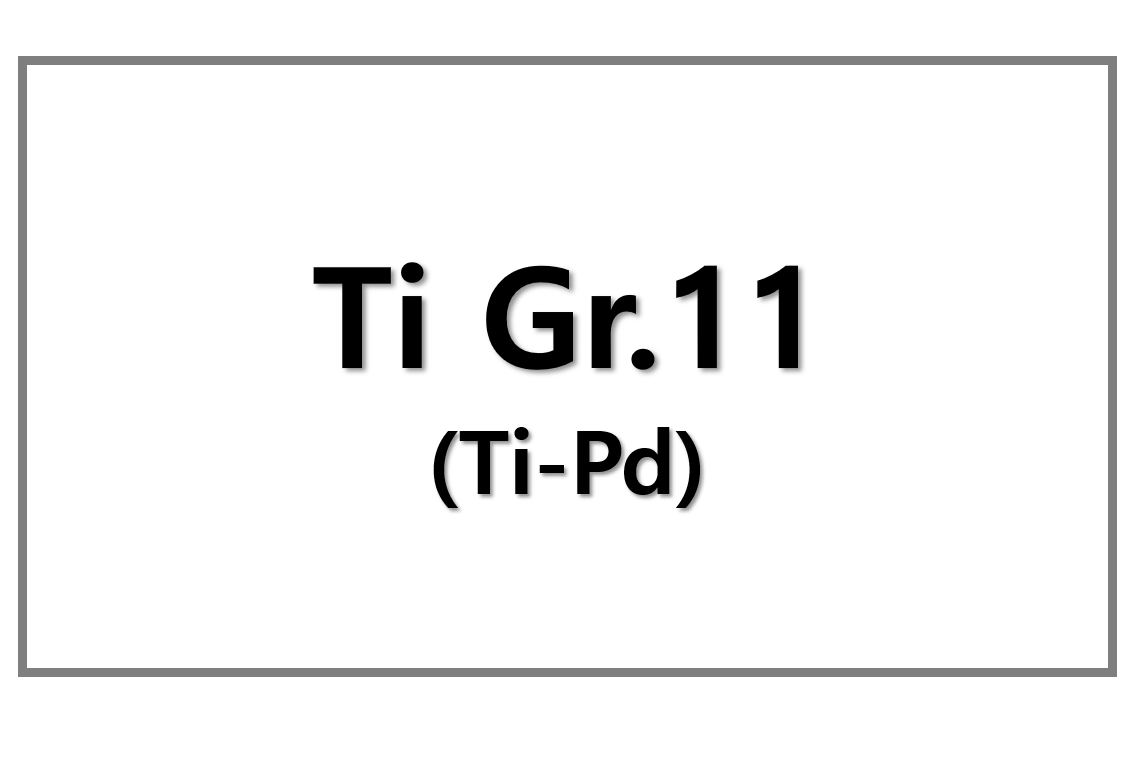
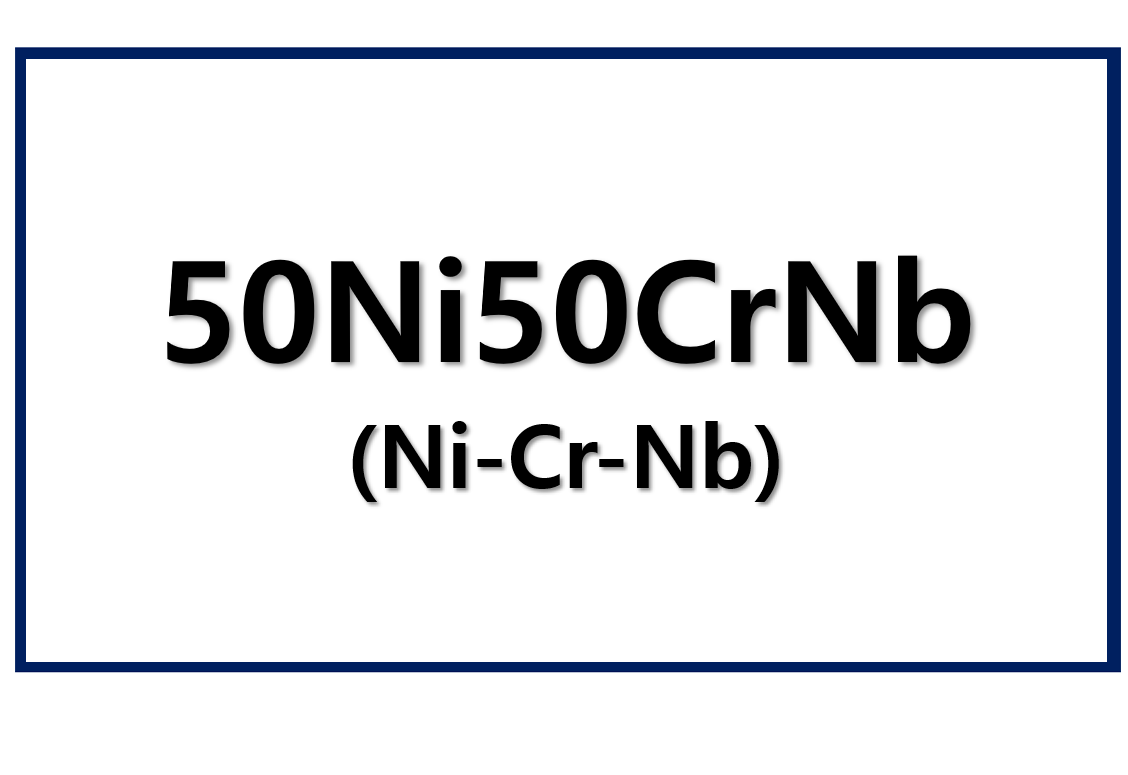
Leave a Reply
You must be logged in to post a comment.